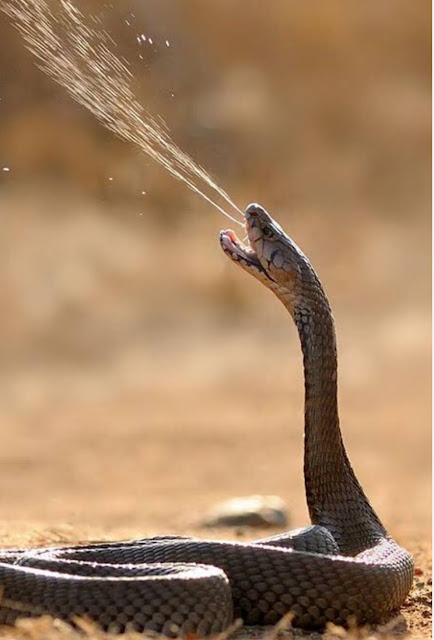Red/Indian Sand Boa

Red /Indian Sand Boa Red Sand Boa (Eryx johnii,) commonly called the Indian Sand Boa, is a non-venomous species found throughout the dry parts of the Indian subcontinent. It is a primarily reddish-brown and thick-set snake that grows to an average length of 75 cm. Unlike most snakes, the tail is almost as thick as the body and gives the reptile the appearance of being "double-headed". Interesting facts • Largest of the sand boas in the world. • Non-venomous • Ovoviviparous • Nocturnal and spends the majority of its time under the ground. It is easily recognizable due to its shovel-shaped nose and a blunt tail which appears to be chopped off. Like other snake species, the Red Sand Boa also plays a significant role in the ecosystem by maintaining a healthy population between prey and predator. It feeds on rodents, lizards, and even other snakes. Eryx johnii is a species of nonvenomous snake in the subfamily Erycinae of the family Boidae ...




